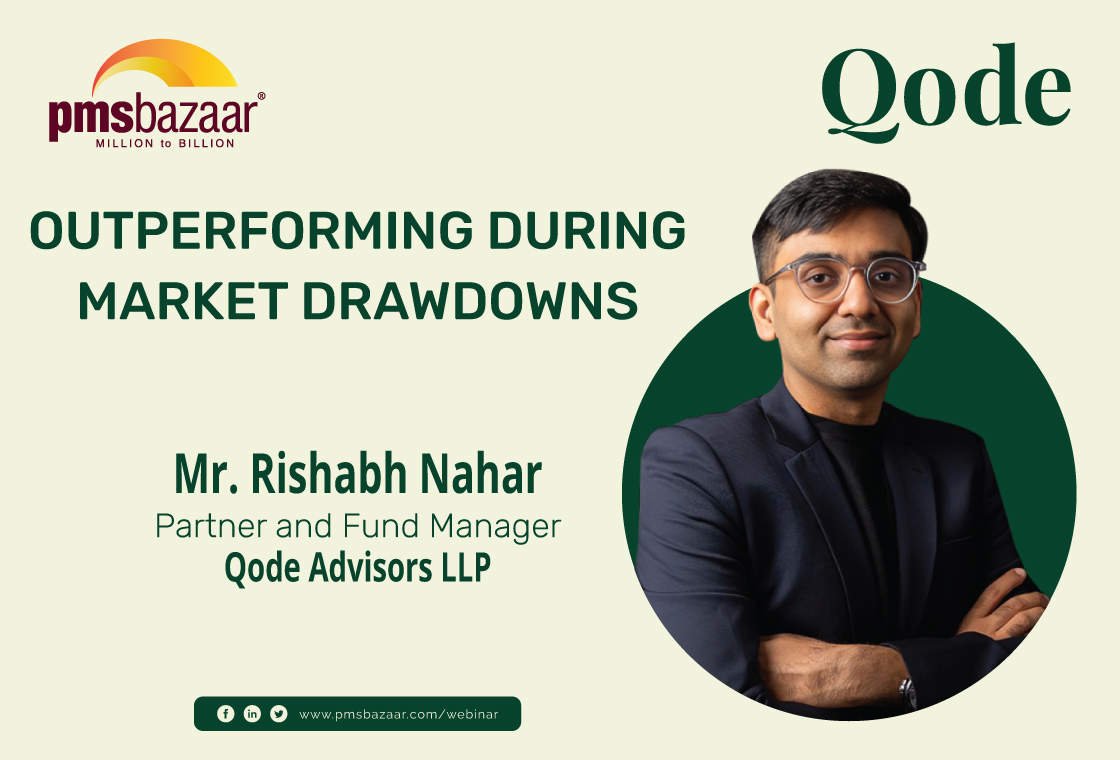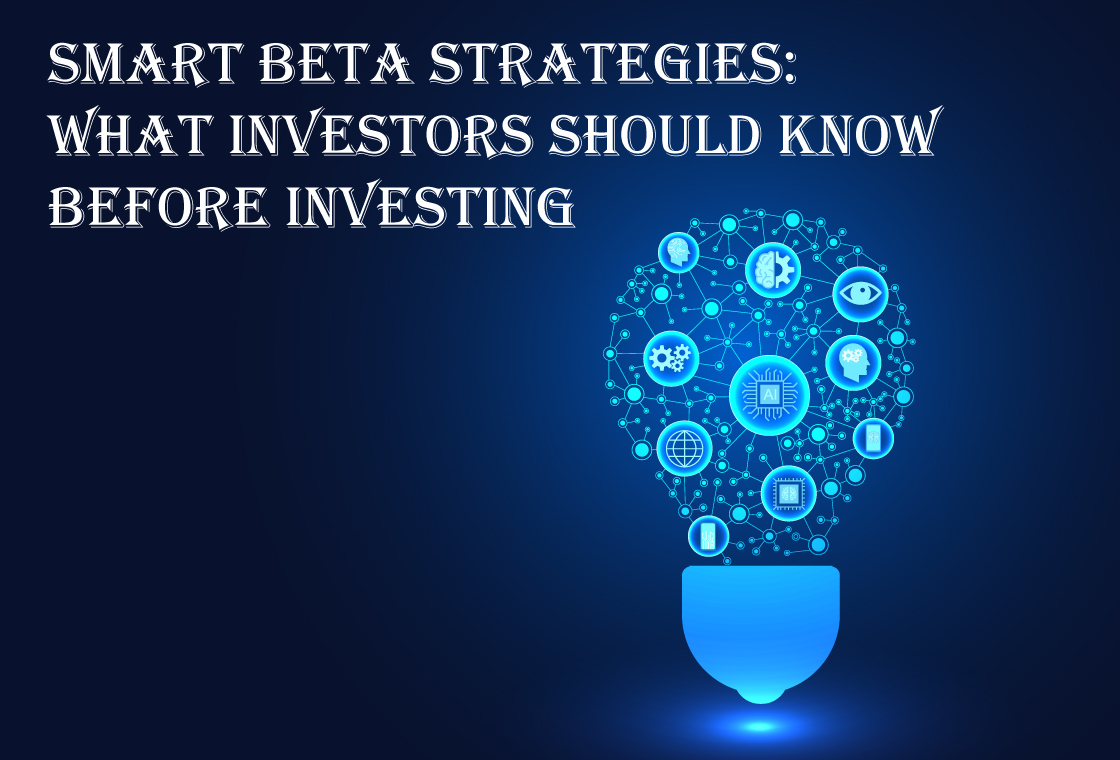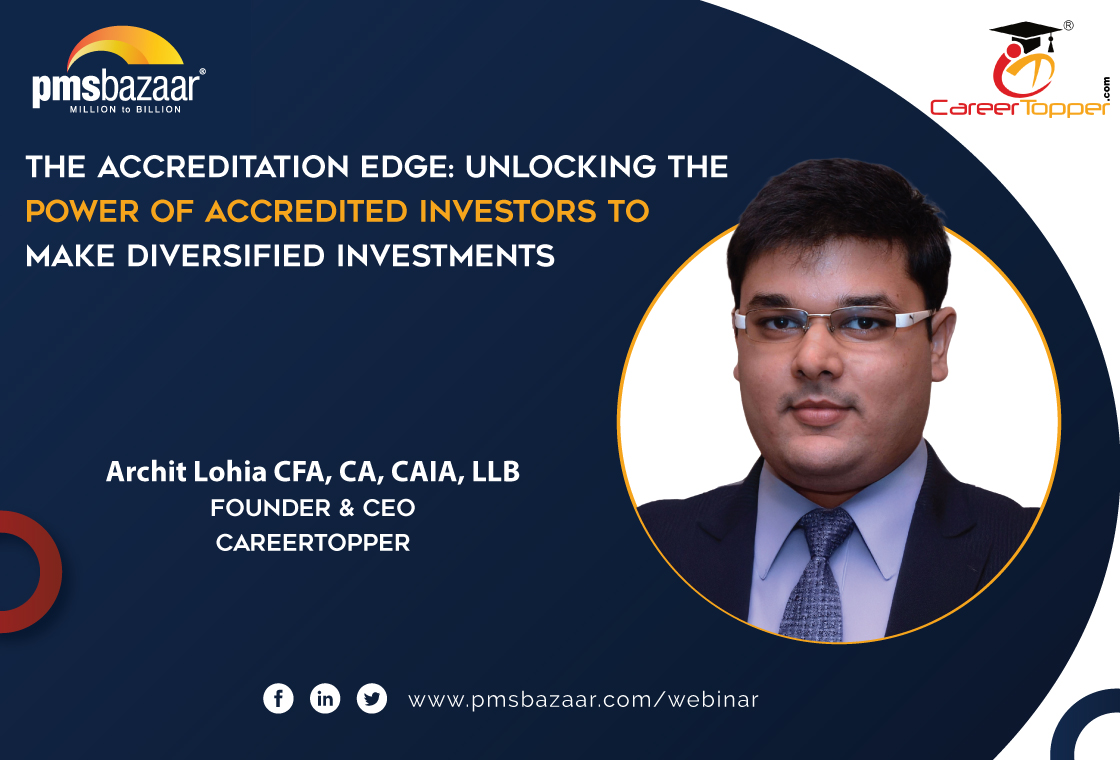Investing in early-stage startups can be challenging, but Venture Capital (VC) funds bridge the gap between investors and promising young companies. These funds pool capital from multiple investors, allowing them to spread risk and leverage the expertise of specialized investment professionals who rigorously vet potential investments. In this blog let's understand the potential of early-stage investments and investment opportunities with Equanimity Investments.

India’s Rise as a Startup Powerhouse
In the global economic arena, India shines as a beacon of growth, as one of the fastest- growing G-20 nations in 2023. Beyond hosting the G-20 Leaders’ Summit in 2023, India boasts the 3rd largest startup ecosystem globally, with ~118,000 DPIIT-recognized startups across 763 districts as of December 2023 (Source: Startup India). This vibrant ecosystem, fuelled by digital innovation, is expected to propel India towards a USD 10 trillion economy in the next decade.
Investors Flock to Untapped Potential
Investor participation in this asset class is skyrocketing, and for good reason. As per a recent Bain & Company report, the Indian startup ecosystem has raised a staggering Rs 7 billion, with experts predicting even higher inflows. Conducive government policies and the economy’s rapid expansion are fuelling this surge, making early-stage startups a standard component of many major investor portfolios.
The beauty of early-stage investing lies in its flexibility and potential for alpha. Investors can choose their involvement based on risk appetite, ranging from seed stage to pre-IPO. The earlier the entry, the greater the potential for outsized returns compared to traditional investment asset classes.
Investing in early-stage startups can be challenging, but Venture Capital (VC) funds bridge the gap between investors and promising young companies. These funds pool capital from multiple investors, allowing them to spread risk and leverage the expertise of specialized investment professionals who rigorously vet potential investments.
Why Early-Stage VC?
Investing in early-stage venture capital offers a myriad of compelling reasons for investors, notwithstanding the inherent risks associated with startups in their nascent stages. These considerations stem from the investor’s quest for portfolio growth and diversification, driven by active participation in a burgeoning and evolving asset class.
- Exponential Growth Potential: Early-stage startups possess the capacity for explosive growth, often yielding returns that far exceed traditional investments. A tracxn report reveals that early investors in India’s Unicorns experienced a remarkable 130x multiple on their invested capital.
- Early Access to High-Potential Ventures: Investing early grants access to potentially groundbreaking companies before they gain wider recognition. This strategic entry can lead to substantial returns upon acquisition or IPO. For example, in the stake sale during Mamaearth’s IPO, where its early venture capital backer realized an impressive 4600% profit on their initial investment! Also, investing in early-stage startups has a higher potential to generate alpha returns which becomes challenging in later-stage private equity or listed markets as well.
- Portfolio Diversification: Unlike established companies, startups often operate in diverse sectors, reducing portfolio correlation and mitigating overall risk. A 2023 Cambridge Associates report highlights this benefit, stating that early-stage VC exhibits a negative correlation to public markets, acting as a hedge during economic downturns.
- Exposure to Innovation: Early-stage startups are breeding grounds for disruptive ideas that can shape future market trends. By participating in these ventures, investors diversify their horizons and gain valuable insights into cutting-edge technologies, positioning themselves at the forefront of innovation.
Exploring Early-Stage with Equanimity Investments
Equanimity Ventures Fund II is a Venture Capital Fund that supports early-stage start-ups beginning at the Seed to Series A stage. The management team at Equanimity Investments has been actively making early-stage investments since 2007, first as angel investors and now as a Venture Capital Fund. Over the years they have honed their understanding and processes for early-stage investments.
Equanimity Ventures Fund II is a sector agnostic Fund investing in tech-enabled start-ups from across sectors such as FinTech, HealthTech, ConsumerTech, SaaS, EV, etc. It invests in startups founded by experienced founding teams who have relevant backgrounds and deep insights of building enterprises in the sectors that they are targeting, thus increasing the odds of success. The Fund scouts for startups where innovation is at the core of the product or business and backs startups that are scaling in a capital-efficient manner. This enables the Fund to generate outsized target returns of 30-50% IRRs for its investors. The Fund also provides co-investment opportunities for its investors, enabling the investors to increase their exposure to select portfolio companies.
The Fund mitigates risks of investing in early-stage startups by investing in a portfolio of startups diversified across sectors. Early-stage investing works on a power law phenomenon where roughly 20% of the portfolio startups contribute to approx. 80% of the portfolio returns. Equanimity Ventures Fund II earmarks a significant portion of its fund corpus for participating in follow-on rounds of portfolio companies thus increasing its exposure towards the well-performing companies. The Fund also deploys capital over a period of time, thus reducing the risk of market timing and valuations. Post-investment the Fund has a hands-on approach to portfolio management and governance, and it closely works with the startups to scale and eventually exit from the investment.
Recent Blogs

Navigating the Dichotomies in MSME Investing - Challenges and Opportunities
PMS Bazaar recently organized a webinar titled “Navigating the Dichotomies in MSME Investing - Challenges and Opportunities,” which featured Mr. Rishi Agarwal, Co-Founder and Fund Manager, Aarth AIF.

Outperforming During Market Drawdowns
PMS Bazaar recently organized a webinar titled “Outperforming During Market Drawdowns” which featured Mr. Rishab Nahar, Partner and Fund Manager, Qode Advisors LLP. This blog covers the important points shared in this insightful webinar.

Long-Short AIF Strategies Cushion Fall, But Long-Only Funds Trail Benchmarks in August
AIFs struggle as market Volatility weighs on returns; only 13 out of 141 strategies clock positive returns

Weakness persists as equity markets decline in August; Multi Asset and Debt PMSes emerge as safe havens
Over 100 equity PMSes managed to out-perform Nifty50 TRI while 153 strategies outshined S&P BSE 500 TRI

Smart Beta Strategies: What Investors Should Know Before Investing
This article is authored by Vivek Sharma, VP and Head of Investments at Estee Advisors

Dynamic Investing Approach in Different Markets
This article is authored by Rishabh Nahar, partner and fund manager, Qode Advisors LLP

The Accreditation Edge: Unlocking the Power of Accredited Investors to make Diversified Investments
PMS Bazaar recently organized a webinar titled “The Accreditation Edge: Unlocking the Power of Accredited Investors to make Diversified Investments,” which featured Mr. Archit Lohia, Founder and CEO of Career Topper Online Education Pvt. Ltd. This blog covers the important points shared in this insightful webinar.

PMS performance hit by broad market slump in July; Thematic strategies buck the trend
Of 427 equity PMSes, only 61 gained; Debt offerings showed positive returns. July 2025 proved to be a testing month for Portfolio Management Services (PMS) investors, with broad-based declines across most asset classes.

